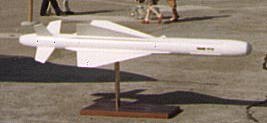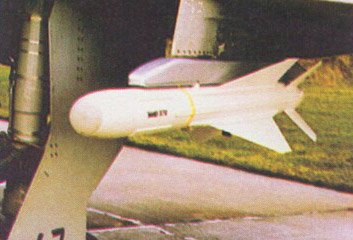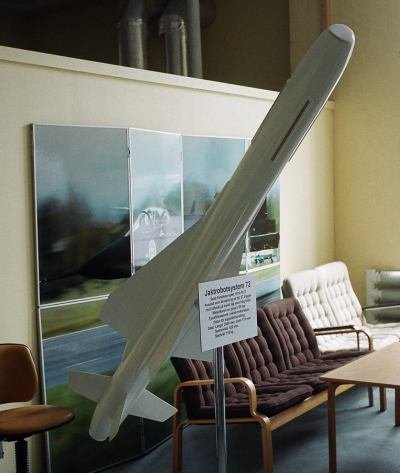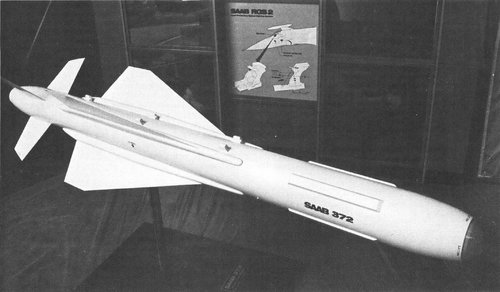- Joined
- 27 December 2005
- Messages
- 17,748
- Reaction score
- 26,414
Nice AAM design, the seeker was later proposed in a modified form on the RB83 ASM. Entered full development as the primary AAM for the JA-37 Viggen in July 1975. It had a nitrogen cooled seeker and all digital electronics. Program was cancelled in April 1978 and replaced by Skyflash
Length: 2.631m
Diameter: 0.175m
Span: 0.62m (0.607m according to Gunston)
Weight: 110 kg
Sources
Length: 2.631m
Diameter: 0.175m
Span: 0.62m (0.607m according to Gunston)
Weight: 110 kg
Sources
- http://www.canit.se/~griffon/aviation/img/arbm03/arbm_0307.html
- Bill Gunston, The Illustrated Encyclopaedia of the World's Rockets & Missiles, Salamander 1979








